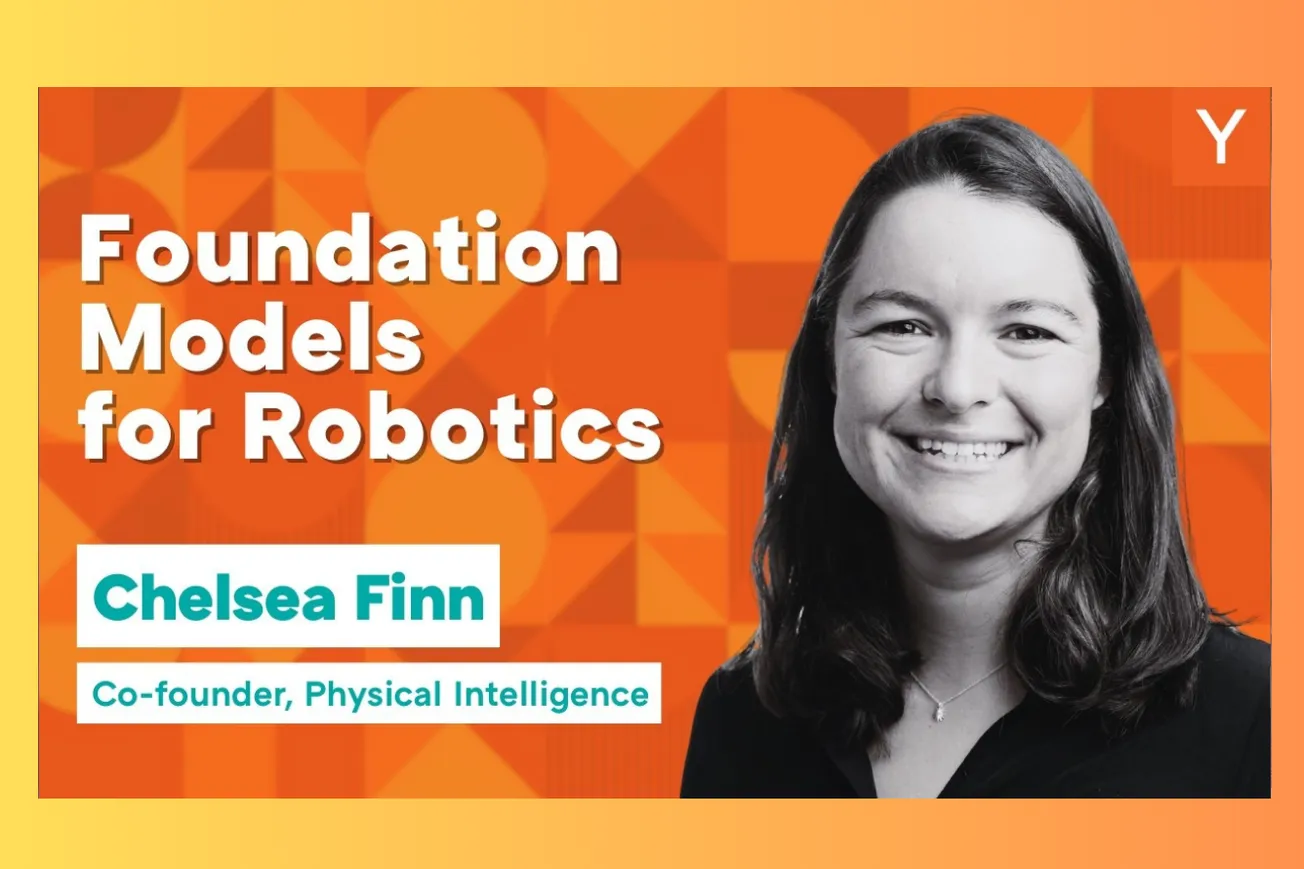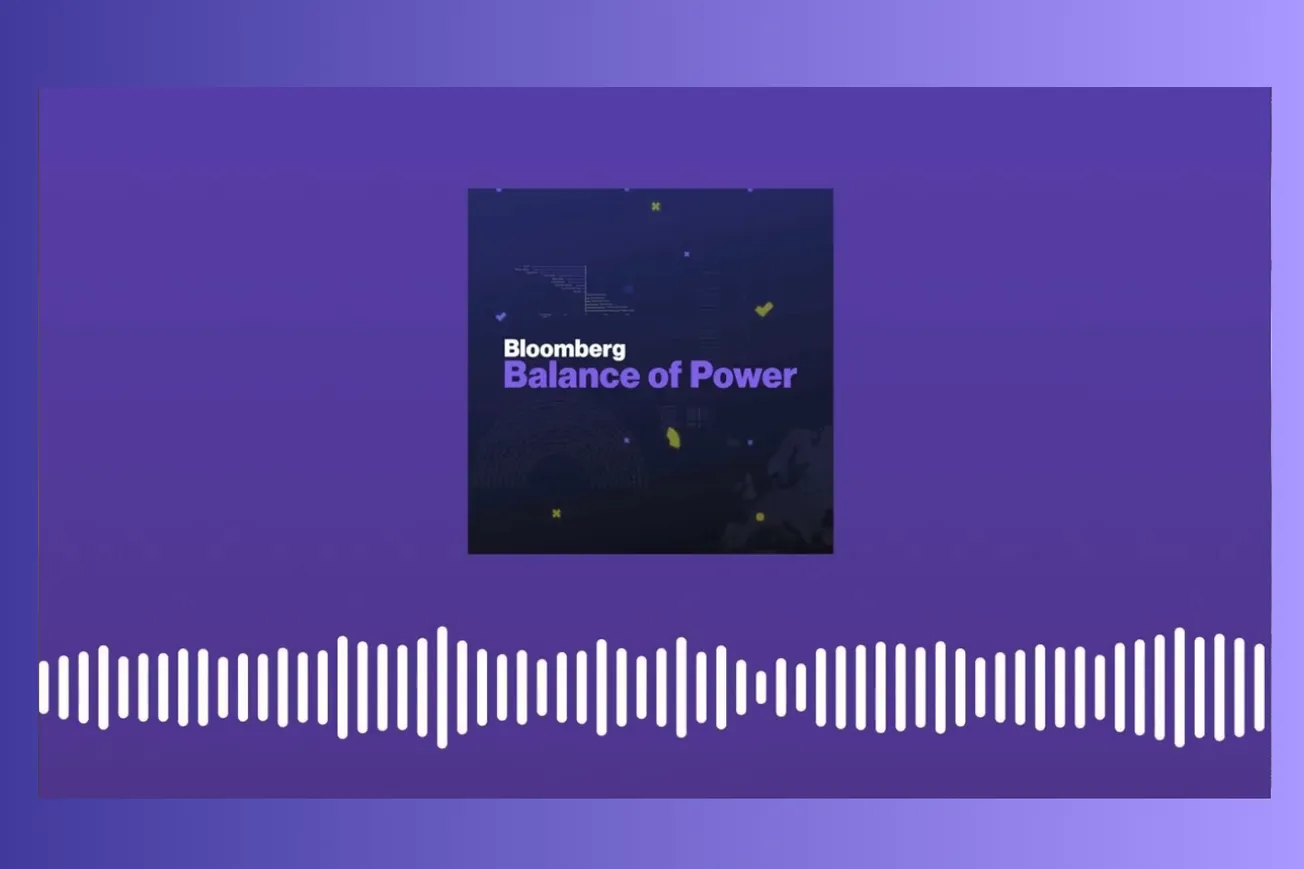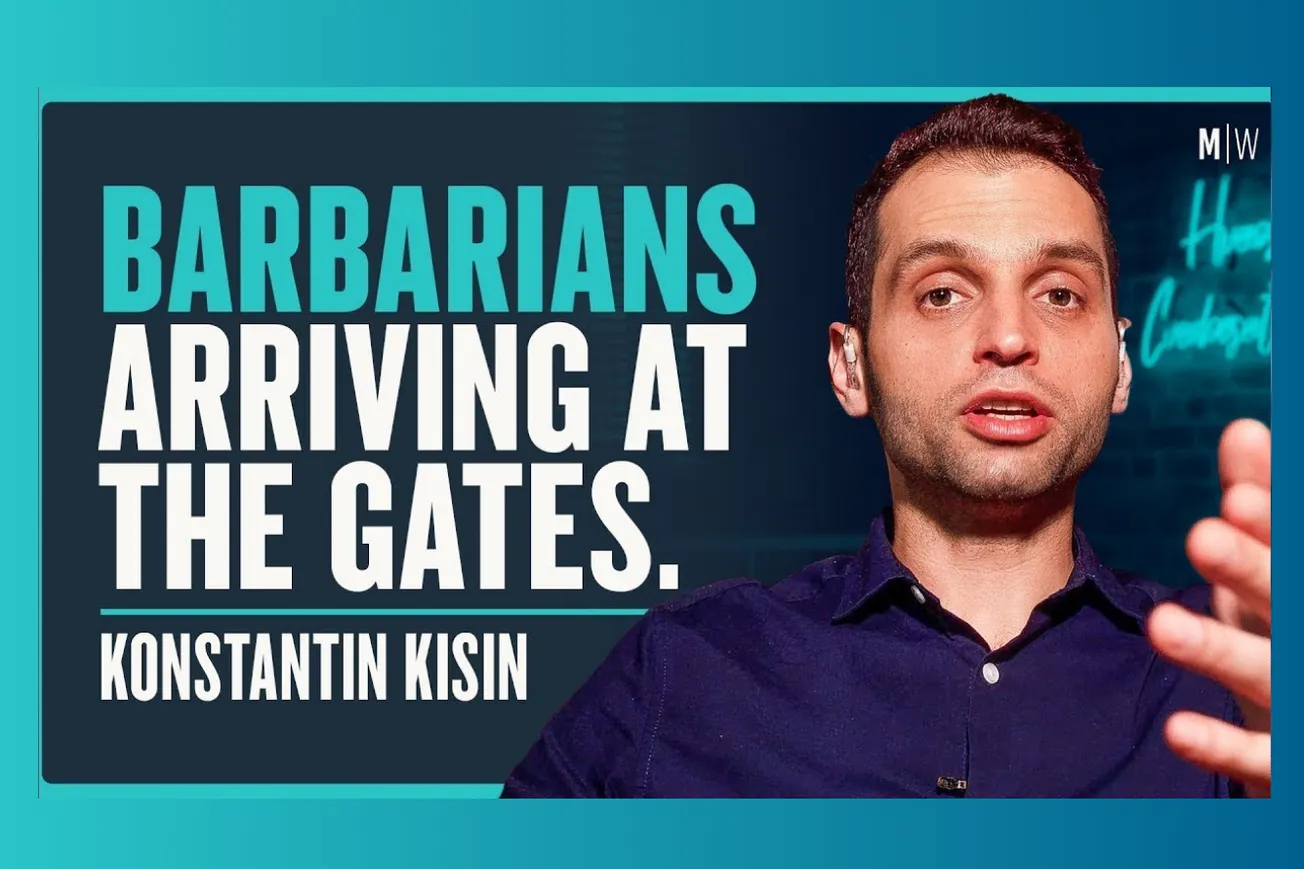Table of Contents
As Trump's administration threatens to slash federal science funding by up to 55%, Renaissance Philanthropy's Kumar Garg reveals how innovative funding models could partially fill the gap while fundamentally reshaping how research gets done.
Key Takeaways
- Renaissance Philanthropy catalyzed over $200 million in its first year by operating like an investment fund rather than traditional philanthropy
- Federal science funding faces unprecedented threats: NIH and NSF could see 55% cuts after already experiencing 8-13% reductions
- Philanthropy cannot replace the $200 billion annually the U.S. spends on R&D, but can pioneer new organizational models for science
- The traditional "academic bundle" of universities is fragmenting, creating opportunities for independent research institutes
- AI education applications show massive promise despite having "shockingly small" numbers of qualified researchers working in the field
- Traditional philanthropic organizations suffer from "portfolio regret" - inability to pivot due to sunk costs in existing programs
- The fund model allows donors to deploy capital without operational burden while maintaining flexibility to adapt to changing circumstances
- China's systematic approach to science investment contrasts sharply with America's increasingly chaotic funding environment
The Investment Fund Model: Reinventing Philanthropic Capital
Kumar Garg's insight into philanthropy's structural problems is both simple and revolutionary. While the investment world evolved toward specialization and intermediation starting in the 1970s, "philanthropy went in the direction of direct giving." This created a fundamental mismatch between how capital gets deployed in finance versus social impact.
Traditional philanthropy operates with two classes of participants: "givers and takers." Wealthy individuals either build large organizational infrastructure to deploy their wealth directly, or they remain on the sidelines until retirement or death. Meanwhile, researchers and nonprofits compete for grants in a fragmented ecosystem where expertise and capital rarely align efficiently.
Renaissance Philanthropy's innovation is to "sit in the middle and style ourselves more like an investment fund." Just as family offices deploy billions through specialized intermediaries - private equity, hedge funds, venture capital - rather than directly picking individual investments, Renaissance creates thematic funds led by domain experts who deploy donor capital against specific strategic goals.
- Donors act like limited partners, providing capital without operational burden
- Field leaders run individual funds with clear three-to-five-year objectives
- Multiple funds operate simultaneously across AI, climate, and other domains
- The model attracts donors who want impact without building large internal teams
- Success and failure become measurable at the fund level rather than organization level
As Garg explains, "there's a subset of donors that want to build large organizations and there's a large set of donors that don't. And the ones that don't have been sitting on the sidelines." The fund model activates this dormant capital by removing the operational complexity that prevents many wealthy individuals from engaging in strategic philanthropy.
The Magnitude Gap: Why Philanthropy Can't Replace Government
When it comes to replacing federal science funding, Garg is refreshingly honest about philanthropy's limitations. "The US is spending on the order of $200 billion a year on R&D once you include basic and applied across DoD and civilian. That is just an order of magnitude more than philanthropy spends on research."
This reality check is crucial as policymakers consider dramatic cuts to agencies like NSF (facing potential 55% cuts) and NIH (similar reductions proposed). Philanthropy simply cannot scale to replace federal investment, nor should it try. The value lies elsewhere: pioneering new organizational models and funding mechanisms that could eventually influence how government conducts science.
The timing makes this experimentation urgent. As Garg notes, "how do you organize scientific organizations just suddenly become much more of a jump ball." The traditional academic bundle - where universities provided talent, infrastructure, and institutional support in one package - is fragmenting under financial and political pressure.
- Federal R&D spending ($200B annually) dwarfs total philanthropic research investment
- University funding instability creates opportunities for alternative organizational models
- Examples include Patrick Collison's Arc Institute and Simons' Flatiron Institute
- Researchers face new choices between university-based and independent research careers
- Political volatility makes diversified funding sources more attractive to researchers
This fragmentation creates opportunity. "Whether you're doing [research] within the four corners of the university or whether you're doing them in your own nonprofit research lab and then partnering with the university becomes more of an open question," especially when university funding faces political volatility.
AI Education: Massive Potential, Tiny Field
Renaissance's work in AI education illustrates both the promise and challenge of applying advanced technology to social problems. Despite enormous hype around AI in education, Garg reveals that "the number of actual technical experts who have knowledge of how education works and knowledge of how AI works is still shockingly small."
This disconnect between public perception and reality appears repeatedly in Renaissance's work. "There's so many people who write and talk about AI and education, it would give you the sense that a lot of people are working on AI and education. But if you actually dig into the space," the actual technical talent pool is minimal.
Their response demonstrates the fund model's advantages. Rather than funding existing players, Renaissance built capability from scratch using a "hub model" - recruiting machine learning PhDs and training them on education applications. Ralph Aboud, who "has a machine learning PhD... in graph theory" but wasn't "an education expert," exemplifies this approach. After leveling up on education, "his ideas on what kind of language models they should be building are really good."
Concrete AI Education Applications:
- Middle School Math Tutoring: Emulating high-dosage tutoring results for under $1,000 per student (current programs cost significantly more)
- Early Language Development Screening: Universal screening for learning challenges like dyslexia through speech analysis
- Learning Engineering Tools Competition: The world's only large-scale annual competition for AI education tools
- Two teams currently on track to achieve the tutoring cost and effectiveness goals
The middle school math project particularly demonstrates philanthropic innovation's potential. High-dosage tutoring can "really double the rate of learning for students in math" according to randomized controlled trials, but remains too expensive for widespread deployment. If AI can deliver similar results for under $1,000 per student, it becomes accessible to every child rather than just those in well-funded districts.
The Psychology of Philanthropic Paralysis
One of Garg's most insightful observations concerns donor psychology and why many wealthy individuals avoid strategic giving despite good intentions. The fear isn't financial loss - it's relationship complexity and operational burden.
Traditional direct giving creates uncomfortable dynamics. A donor meets a researcher, provides an initial grant, then faces escalating requests. "They've reached out and said... there's so much happening in the world. I've lost funding from the government. Can you double the grant?" The donor finds themselves in an "uncomfortable situation. If I say no, I feel like I'm hurting them. If I say yes..."
This discomfort leads to avoidance rather than engagement. "Rather than that causing them to work through it, they actually hold back." The fund model solves this by making Renaissance, not the donor, responsible for ongoing relationships and decisions.
Key psychological barriers to philanthic engagement:
- Decision Fatigue: Every grant request requires assessment and decision-making
- Relationship Management: Direct giving creates ongoing interpersonal obligations
- Operational Complexity: Building internal expertise and systems requires significant investment
- Fear of Getting Stuck: Donors worry about being unable to change direction or scale back
- Lack of Expertise: Most wealthy individuals have no background in evaluating research proposals
The fund model addresses these concerns by providing what Garg calls "permission structure for donors to go much bigger on innovation." Donors can engage deeply when interested, or step back when other priorities emerge, without disrupting the work. "Nothing will stop. We're a fully operational organization that will execute on everything that we said we were going to do, whether you're involved or not."
Portfolio Regret and Philanthropic Inflexibility
Traditional philanthropic organizations suffer from what Garg terms "portfolio regret" - the inability to pivot strategically due to accumulated commitments and internal politics. This structural problem helps explain why established foundations often seem slow to respond to changing circumstances.
The process Garg describes is familiar to anyone who's worked in large organizations: "You spent two and a half years scoping a program... then you did a national search for the person who's going to lead the program. Then you convinced that person to move across the country to take that job... now they're 6 to 12 months into that grant cycle."
Attempting to change direction at this point "looks messy" and creates internal resistance. Staff members have professional reputations tied to specific programs and don't appreciate strategic shifts that might eliminate their positions or redirect their work.
- Sunk Cost Problem: Years of investment in program development create momentum independent of effectiveness
- Human Capital Constraints: Staff hired for specific programs resist or cannot adapt to new directions
- Reputation Management: Public commitments to strategic directions create pressure for consistency
- Measurement Challenges: Constantly evolving programs make evaluation nearly impossible
The fund model circumvents these problems through clear time boundaries. "It's a three-year fund. It does this. It will begin and end. Maybe it's not of the moment. That's fine. But your new program can be of the moment." This structure enables honest evaluation and adaptation rather than endless program modification to maintain the appearance of relevance.
The Trust Fall: Why Human Relationships Still Matter
Despite Renaissance's enthusiasm for operational efficiency and clear metrics, Garg acknowledges that building trust with both donors and researchers remains fundamentally human work that resists automation. "A huge amount of what we're doing is making something that feels like a trust fall."
This applies in multiple directions. Donors must trust Renaissance with significant capital deployment. Researchers must trust the organization enough to potentially leave secure academic positions or redirect their careers. Both sides evaluate not just the financial terms, but whether they're dealing with "serious people who stand behind the work that they're putting before them."
Current AI capabilities fall short of this requirement. While Renaissance uses AI for routine tasks like "grantee reporting" and initial research scoping, high-stakes relationship building and strategic decision-making remain human domains. "When we screw up it's on us... we stand behind all of the work and people appreciate that."
Areas where AI assists Renaissance operations:
- Routine Reporting: Automating standard grant reporting and documentation
- Research Scoping: Initial landscape analysis for new potential fund areas
- Researcher Identification: Suggesting potential applicants for funding opportunities
- Workshop Design: Generating agenda templates based on past successful events
Areas requiring human judgment:
- Trust Building: Establishing credibility with donors and researchers
- Strategic Direction: Determining which problems are worth solving and how
- Relationship Management: Navigating complex interpersonal dynamics
- Quality Assessment: Evaluating research potential and team capabilities
The trust requirement extends to pattern recognition and tacit knowledge that Garg describes as central to his effectiveness: "When I'm talking to somebody and they're telling me about their work, 20 minutes into the conversation, I'm like, 'Oh, that... say more about that.' Like, why is the field stuck on this point?" This kind of intuitive field navigation remains uniquely human, at least with current AI capabilities.
China Implications: Institutional Innovation vs. Strategic Competition
The conversation's conclusion touches on how Renaissance's work relates to U.S.-China strategic competition, revealing important insights about the nature of technological rivalry and institutional adaptation.
Garg observes that many China-focused discussions during the Biden era centered on nuanced policy adjustments - "5% here, 10% there" - that assumed basic institutional stability. Current threats to science funding represent "much bigger" challenges that require fundamental rather than incremental responses.
His assessment is sobering: "Getting to a better place does not really require you to understand what made BYD successful or how Huawei is thinking about developing its chips... It's much more fundamental stuff." The competition isn't primarily about understanding Chinese strategy, but about maintaining basic American advantages like functional science funding and immigration policies that attract global talent.
Strategic Competition Hierarchy:
- Tier 1 (Fundamental): Science funding, immigration policy, alliance relationships
- Tier 2 (Important): Understanding specific Chinese industrial strategies and responses
- Tier 3 (Tactical): Detailed knowledge of individual Chinese companies and technologies
From this perspective, Renaissance's institutional innovation work addresses Tier 1 challenges by developing alternative funding mechanisms and organizational models that could provide resilience against political volatility. The fund model, independent research institutes, and philanthropic capital mobilization all contribute to systemic redundancy that makes American science less vulnerable to single points of failure.
Quote Analysis: The Organizational Challenge
Two quotes from Garg capture both the opportunity and difficulty of this moment for American science:
"We're 3 months into a kind of a deeper shift on how institutional financing will happen... I could imagine that having a big implication... if the federal government does not play its important role in funding this research, it's all a net negative."
This quote reveals the paradox facing science funding innovators. While new models like Renaissance might provide valuable alternatives to traditional university-based research, they cannot and should not replace federal investment. The goal is resilience and experimentation, not substitution. Garg's acknowledgment that federal funding remains essential provides important context for philanthropic innovation - it's a complement to, not replacement for, government's role in basic research.
"So much of what I care about has been turned over... that the idea that we're going to get through this period with the same exact institutions seems unlikely whether it's who's making the case for science, who are the messengers for science, how do we do science, all this stuff."
This observation captures the scale of institutional disruption occurring beyond just funding levels. The traditional ecosystem of science advocacy, public communication, and research organization is under stress from multiple directions - political hostility, changing media landscapes, technological disruption, and generational change. Renaissance represents one response to this broader challenge: building new institutions adapted to current realities rather than trying to restore previous equilibria.
Looking Ahead: The Fund Model Goes Global
Renaissance's international expansion plans reveal how institutional innovation in philanthropy could scale beyond American borders while addressing global competitiveness challenges. Their partnership with the British government to "build out their R&D ecosystem" suggests that other democratic nations face similar challenges in mobilizing private capital for strategic research priorities.
This international dimension is crucial for understanding Renaissance's broader significance. As China systematically invests in research infrastructure and talent development, democratic nations need mechanisms for coordinating both public and private resources more effectively. The fund model could provide a template for international collaboration that leverages philanthropic capital across borders while maintaining the flexibility to respond to changing geopolitical circumstances.
Renaissance's expansion goals:
- Geographic Diversification: Building fund operations in multiple countries beyond the U.S. and U.K.
- Donor Base Growth: Attracting "new donors who have never done it before" to expand available capital
- Results Demonstration: Moving from funding to measurable impact as early programs mature
- Model Replication: Proving that the fund approach works across different national and institutional contexts
The international expansion also addresses a fundamental challenge in strategic competition: science and technology development increasingly requires global talent and collaboration, even as geopolitical tensions push toward nationalism and isolation. Renaissance's approach could provide a mechanism for maintaining beneficial international cooperation while building institutional resilience in democratic nations.
The Verdict: Necessary but Not Sufficient
Renaissance Philanthropy's first year demonstrates both the potential and limitations of philanthropic innovation in response to threats to American science. The organization's success in catalyzing $200 million shows that alternative funding models can mobilize significant resources while providing greater strategic flexibility than traditional approaches.
However, Garg's honest assessment of scale limitations remains crucial. Philanthropic capital cannot replace federal research investment, nor should it try. The value lies in institutional innovation - developing new organizational models, funding mechanisms, and talent development approaches that could inform broader reform of how science gets funded and conducted.
The fund model's greatest contribution may be demonstrating that effective philanthropy requires the same strategic discipline and operational sophistication that characterizes successful investing. By borrowing concepts from finance - specialized intermediaries, clear performance metrics, time-bounded commitments - Renaissance shows how philanthropic capital could be deployed more effectively across many domains.
As American science faces unprecedented political and financial challenges, innovations like Renaissance provide crucial experiments in institutional adaptation. Whether the fund model scales sufficiently to matter strategically remains to be seen, but the approach offers a template for maintaining research capacity and developing new organizational forms during a period of broader institutional disruption.
The ultimate test will be whether Renaissance and similar innovations can help American science maintain its global leadership position while adapting to changed political and financial realities. Early results suggest promise, but the scale of the challenge requires continued experimentation and much broader adoption of more strategic approaches to philanthropic capital deployment.





